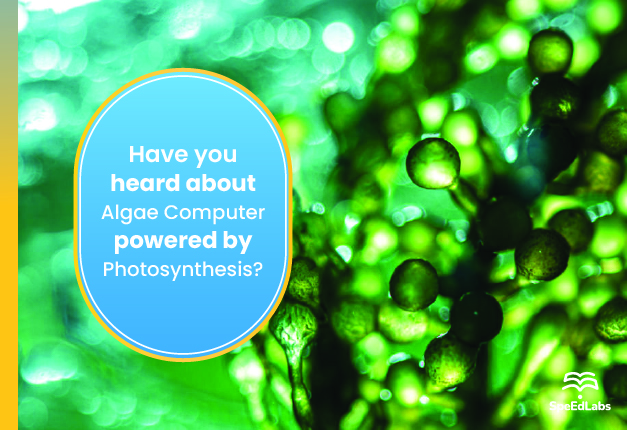The Internet of Things (IoT) — the network of physical devices now connected to the internet — presently includes billions of products, and experts anticipate that by 2035, one trillion phones, smart gadgets, and other devices will be online.
Lithium-ion batteries power many IoT devices nowadays, but these have big drawbacks: they are expensive, their energy does not last very long, and they eventually die, becoming e-waste.
Keeping this in mind, a team of researchers used photosynthesis to fuel a computer for more than six months. A small container of blue-green algae was utilised to generate power in the system. It was placed on a windowsill for six months during the covid-19 shutdown in 2021. During that period, it supplied constant photosynthetic power to a computer powered by an Arm microprocessor.
How did they figure it out?
Future electronics that are much larger than the test devices could be powered by photosynthetic energy.
At the University of Cambridge, Christopher Howe oversaw the research. Howe and his colleagues created a tiny container that was about the size of an AA battery. The battery was created using aluminum and transparent plastic. They built it and then put a colony of Synechocystis sp. PCC 6803 cyanobacteria inside the battery.
The cyanobacteria, more commonly referred to as “blue-green algae,” uses photosynthesis to create oxygen when exposed to sunlight. This method was employed by the researchers to harness photosynthetic energy. The energy was then delivered to an Arm processor by that power through a steady current that flowed across its anode and cathode.
Overall, the system appears to be very simple, but it is evidence that electronics could use batteries powered by photosynthetic energy. The computer was set up by the researchers to run for 45-minute cycles to test the battery’s overall capacity. To simulate its workload, the computer computed sums of successive integers during those cycles.
During those cycles, the computer used about 0.3 microwatts of power. It would then consume about 0.24 microwatts of power while on standby for 15 minutes. Surprisingly, the photosynthetic process continued uninterrupted for the entire six months. In addition, it ran for an additional six months after the experiment was over.
Using Photosynthesis to generate Energy
The researchers are not sure where the photosynthetic power comes from. According to Howe, cyanobacteria may produce their electrons. This then generates the current.
It is also possible that they simply create the conditions for the aluminum anode to produce electrons. The corrosion of the aluminum inside the container causes a chemical reaction that allows it to produce electrons. Regardless of the cause of the photosynthetic power, the technology is promising.
Howe thinks they could increase the scale even further. In this way, a wide range of devices could be powered by photosynthetic energy. He claims that to determine how much we can scale the issue, we need to conduct more research on it.
According to the researchers, we could manufacture comparable photosynthetic batteries for a very low cost. They also think that within the next five years, there may be commercial opportunities. Similar studies in the past have enabled us to use sunlight for a variety of experiments, such as converting sunlight and water into fuel.
Also published on Medium.
